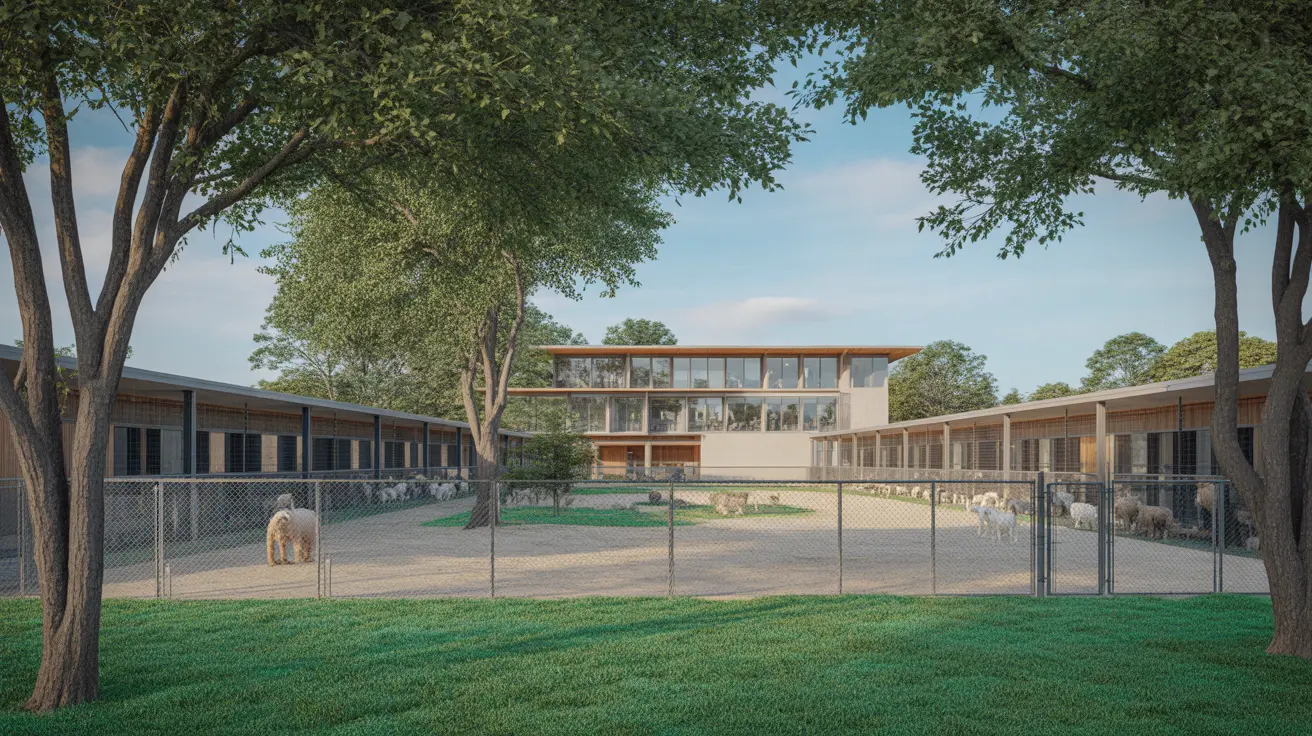Climate-Resilient Zoo Infrastructure
The Milwaukee County Zoo has developed sophisticated systems to shield its inhabitants from weather extremes. The facility's design incorporates both natural and artificial shelter options, allowing animals to seek comfortable environments according to their specific needs.
Species-Specific Weather Protocols
Different animals have varying temperature and environmental requirements, necessitating customized approaches to weather protection. The zoo maintains dedicated protocols for each species, ensuring their unique needs are met during challenging weather conditions.
Zoo Animal Care in Heatwaves
During periods of elevated temperatures, the zoo implements special measures to keep animals cool and comfortable. These protocols are essential for species that may be particularly sensitive to heat stress or environmental changes.
Animal Temperature Control in Zoos
Temperature management systems play a crucial role in maintaining appropriate conditions within animal habitats. The zoo utilizes various cooling mechanisms to ensure residents can regulate their body temperature effectively.
Zoo Air Quality Safety
Air quality monitoring has become an integral part of the zoo's animal care program. The facility maintains strict standards to protect both animals and visitors from poor air quality conditions that may arise due to weather events.
Zoo Storm Preparedness
The facility maintains comprehensive emergency procedures for severe weather events. These protocols ensure both animal and human safety during storms or other extreme weather conditions.
Zoo Emergency Animal Rescue Procedures
Staff members are trained in emergency response procedures, ready to act swiftly when weather conditions threaten animal safety. These measures are regularly reviewed and updated to maintain their effectiveness.
Sustainable Zoo Practices Milwaukee
The zoo has integrated sustainability initiatives into its operations, demonstrating environmental responsibility while protecting its residents. These practices help create a more resilient facility capable of adapting to environmental challenges.
Frequently Asked Questions
How does the Milwaukee County Zoo protect animals during extreme heatwaves and poor air quality days?
The zoo maintains specialized climate control systems and provides multiple shelter options for animals to regulate their comfort levels. During particularly challenging conditions, animals may be moved to climate-controlled indoor spaces as needed.
What types of shelter and climate control does the zoo provide for species sensitive to weather changes?
The facility offers various shelter options, including both natural and artificial structures, designed to meet the specific needs of different species. Climate control systems are maintained throughout animal habitats to ensure appropriate environmental conditions.
How are visitor safety and comfort managed during severe weather or air quality alerts?
The zoo has established protocols for visitor safety during extreme weather events, including designated shelter areas and clear communication procedures for weather-related announcements.
Conclusion
The Milwaukee County Zoo's approach to weather adaptation demonstrates the evolving nature of modern animal care facilities. Through careful planning and implementation of specialized protocols, the zoo continues to provide excellent care for its residents while preparing for future environmental challenges.
These efforts showcase how animal care institutions can adapt to changing conditions while maintaining their commitment to wildlife welfare and conservation. As weather patterns continue to evolve, such adaptations will become increasingly important for zoos worldwide.






